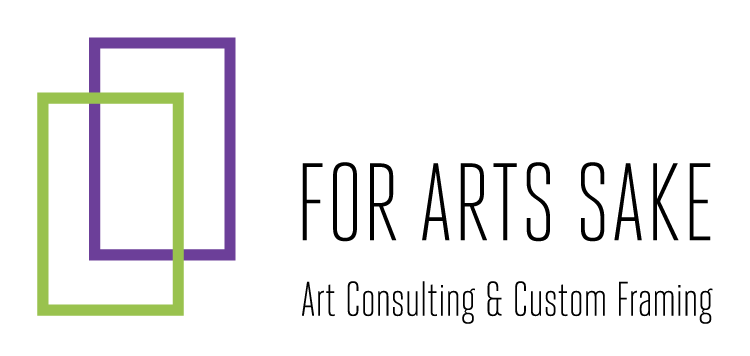Beyond the Frame: Exploring Substrates in Art
Art is a dynamic expression of creativity that extends beyond the confines of the canvas. While the focus often falls on the content within the frame, the choice of substrate – the surface on which art is created – plays a significant role in shaping the overall impact of a piece. In this exploration, we delve into the world of substrates, emphasizing that framing is not always about the frame. From the sleek transparency of plexiglass to the textured allure of canvas, each substrate adds a unique dimension to the art it hosts.
The Canvas Advantage:
Canvas has been a traditional choice for artists for centuries, and for good reason. Its textured surface provides depth and dimension to paintings, enhancing the tactile experience for viewers. The porous nature of canvas allows for a more absorbent surface, enabling various painting techniques like impasto or glazing. Moreover, the flexibility of canvas makes it an ideal choice for large-scale artworks, where the material can be stretched tightly across frames or even left unframed for a contemporary edge.
Plexiglass – A Modern Transcendence:
For artists seeking a contemporary and sleek look, plexiglass has become an increasingly popular choice. This transparent substrate lends a modern touch, allowing the artwork to seemingly float in space. The reflective properties of plexiglass add a luminous quality, intensifying colors and creating a visual spectacle. The absence of a traditional frame allows the focus to shift entirely to the art itself, breaking the conventional boundaries of framing.
Metal – Industrial Elegance:
Metal substrates introduce an industrial elegance to the art world. Aluminum and steel sheets provide a smooth, durable surface that can showcase vibrant colors and intricate details. The reflective properties of metal substrates create a dynamic interplay with light, giving the artwork an ever-changing appearance throughout the day. The minimalist aesthetic of metal substrates pairs well with modern and industrial-themed spaces, adding a touch of sophistication to any environment.
Wood – Rustic Charm:
Wood substrates evoke a sense of warmth and rustic charm. Artists can choose from a variety of wood panels, each offering a different texture and grain pattern. The natural qualities of wood contribute to a tactile and organic feel, particularly enhancing artworks that incorporate earthy tones or nature-inspired themes. Wood substrates can be left exposed for a raw, unframed look, or complemented with a traditional frame for added emphasis.
Conclusion:
In the realm of art, substrates play a crucial role in shaping the visual impact of a piece. The choice between canvas, plexiglass, metal, or wood can significantly influence the overall aesthetic, conveying different moods and styles. Artists today have the opportunity to experiment with a diverse range of substrates, breaking free from the conventional framing norms. As we continue to explore the dynamic relationship between art and its material foundation, the potential for innovation and creativity remains boundless, reminding us that framing is not always about the frame itself, but the canvas on which imagination unfolds.
